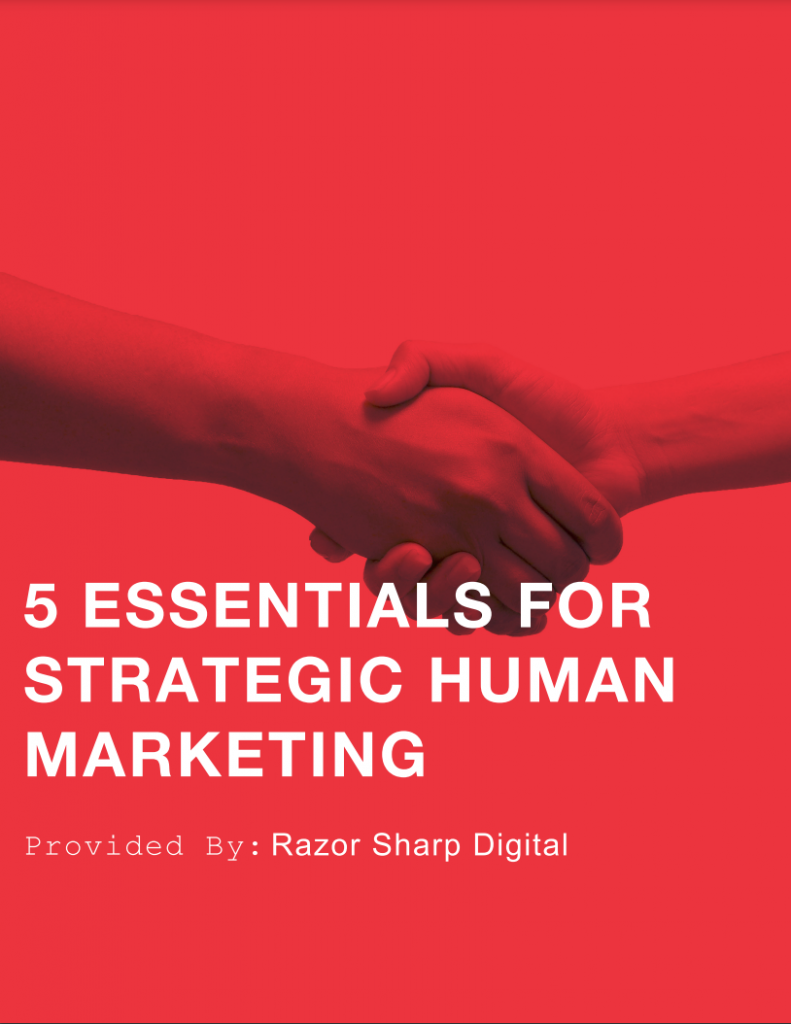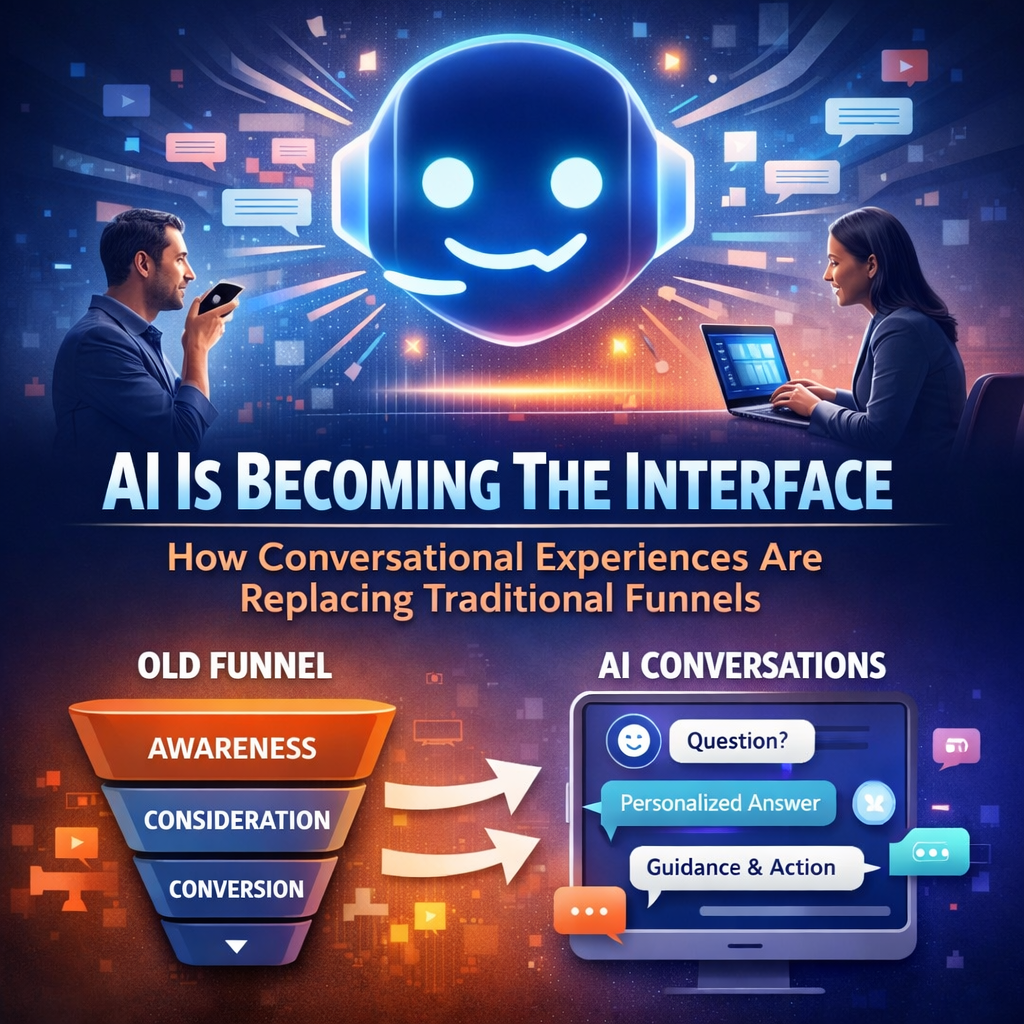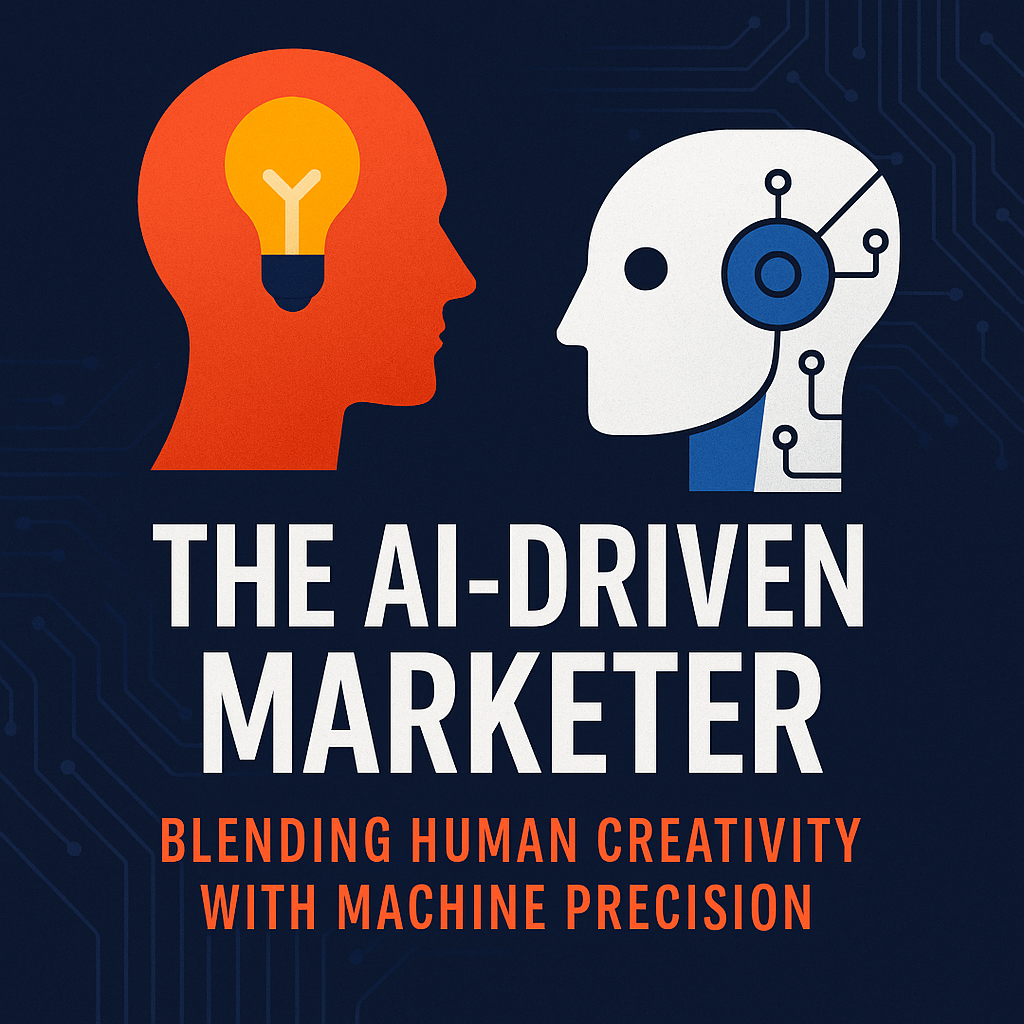Dark Mode: The Sleek, User-Friendly Trend That’s Here to Stay
Dark mode has exploded in popularity across devices and platforms—and it’s not just about aesthetics.
Benefits of Dark Mode:
Reduces eye strain, especially in low-light environments
Improves battery life on OLED and AMOLED screens
Offers a modern, sleek look that enhances visual content
Provides better contrast for certain design elements
Big brands like Apple, YouTube, Instagram, and Slack have fully embraced dark mode web design, offering users a toggle or making it default.
SEO Tip
While dark mode doesn’t directly impact SEO rankings, improved user experience (like longer session durations and lower bounce rates) helps boost performance metrics that Google considers in rankings.
Microinteractions: Small Details, Big Impact
Microinteractions are the subtle animations and feedback mechanisms that guide users, enhance usability, and bring delight to digital experiences.
Examples of Microinteractions:
A button changes color when hovered over
A loading spinner appears during data fetch
A heart icon pulses after a “like”
Smooth transitions between form fields
These small moments make websites feel more human and responsive. In 2025, users expect fluidity and responsiveness in every click, scroll, and swipe.
Why Microinteractions Matter
Improve user engagement and retention
Reduce user friction during key actions (like form fills or checkouts)
Provide instant feedback, reducing confusion or frustration
Elevate brand experience by showing attention to detail
SEO Tip
Improved usability and lower bounce rates from microinteractions contribute indirectly to higher search engine rankings.
Accessibility: Inclusive Design Is No Longer Optional
In 2025, accessibility isn’t a nice-to-have—it’s a legal and ethical necessity. Websites must be usable for people with disabilities, including those with vision, hearing, mobility, or cognitive challenges.
Key Principles of Accessible Web Design
Alt text for all images and non-text content
Keyboard-friendly navigation
Proper semantic HTML for screen readers
Adequate contrast ratios for text
Support for voice navigation and screen readers
Descriptive form labels and error handling
Why Accessibility Matters
Expands your audience reach
Enhances overall user experience
Improves SEO through cleaner code, faster load times, and meaningful structure
Helps businesses comply with standards like WCAG 2.2 and laws like ADA
SEO Tip
Search engines reward structured, semantic HTML, which aligns with accessibility best practices. Accessible websites often load faster, are easier to crawl, and contain more meaningful metadata.
How to Combine These Trends for a Powerful Website
These three trends aren’t siloed—they work best together. Here’s how to blend them into a seamless experience:
Use dark mode with high contrast and toggle functionality
Layer in subtle microinteractions that enhance—not distract from—usability
Ensure all design choices meet accessibility standards, including color contrast, navigation, and content structure
By combining dark mode, microinteractions, and accessibility-first thinking, you’ll create a website that is not only beautiful but inclusive, responsive, and future-ready.
Final Thoughts: Design for Real People in Real Moments
Today’s users want more than just pretty websites. They want speed, accessibility, usability, and a visually pleasing experience. By embracing trends like dark mode, integrating thoughtful microinteractions, and committing to accessible design, your website will deliver what modern audiences expect—and more.
Whether you’re refreshing an existing site or starting from scratch, keep these web design best practices top of mind. Your users—and your Google rankings—will thank you









